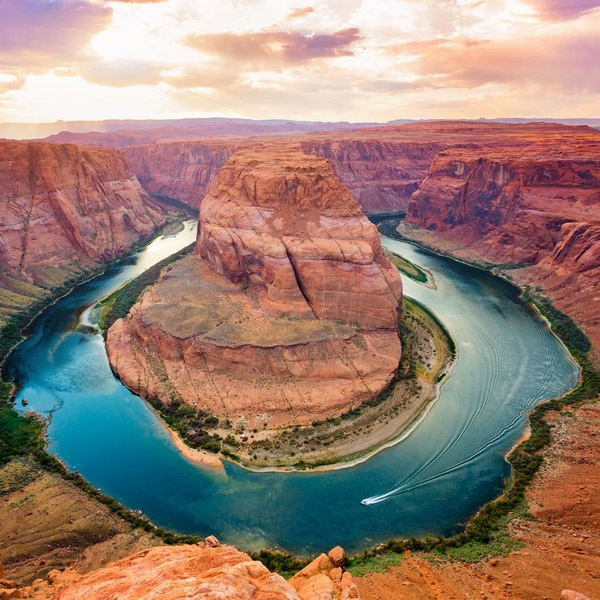
The Colorado River is a vital source of drinking water for nearly 40 million people and supplies countless farms across a parched landscape. Cutting through nearly 1,500 miles of mountains and deserts, the Colorado's small size belies the fact that it is one of the most intensively managed and litigated rivers in the world. That makes this river perfect for exploring many of the concepts we've covered already in our course.
Engage Reference
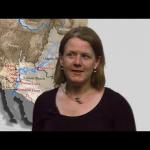
Geographic and Physical Overview of the Colorado River Basin
CIRES' Anne Gold delivers a lecture on the physical geographic overview of the Colorado River Basin and the legal and political aspects of water management in the west. This is part of the Water in the Western US lecture series.
Learn More
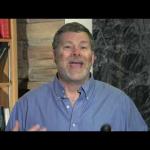
History and Development of Water in the West
Dr. Paul Lander from the University of Colorado Boulder gives a lecture on the history of water resources in the Western United States, from the pre-colonial time period onward. This video is part of the Water in the Western US lecture series.
Learn More
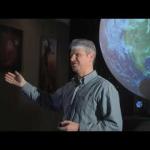
Climate and the Colorado River Basin Past, Present, and Future
This video features Jeff Lukas from CIRES' Western Water Assessment who discusses the overall climate patterns of the Colorado River Basin, and how we can use this information to study the past, present, and future climate of the western United States. This video is part of the Water in the Western US lecture series.
Learn More
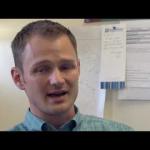
The Colorado River Basin Water Supply and Demand Study
In this lecture, Dr. Ken Novak from the US Bureau of Reclamation examines a case study on the water supply and demand of the Colorado River Basin. Learn about how increasing demand for water affects reservoirs and other infrastructure. This is part of the Water in the Western US lecture series.
Learn More

Physical Attributes of the Colorado River and Experimental Flows in the Grand Canyon
This lecture by Dr. Jack Schmidt from Utah State University gives an overview on the physical attributes of the Colorado River and how that affects river restoration. This video is part of the Water in the Western US lecture series.
Learn More